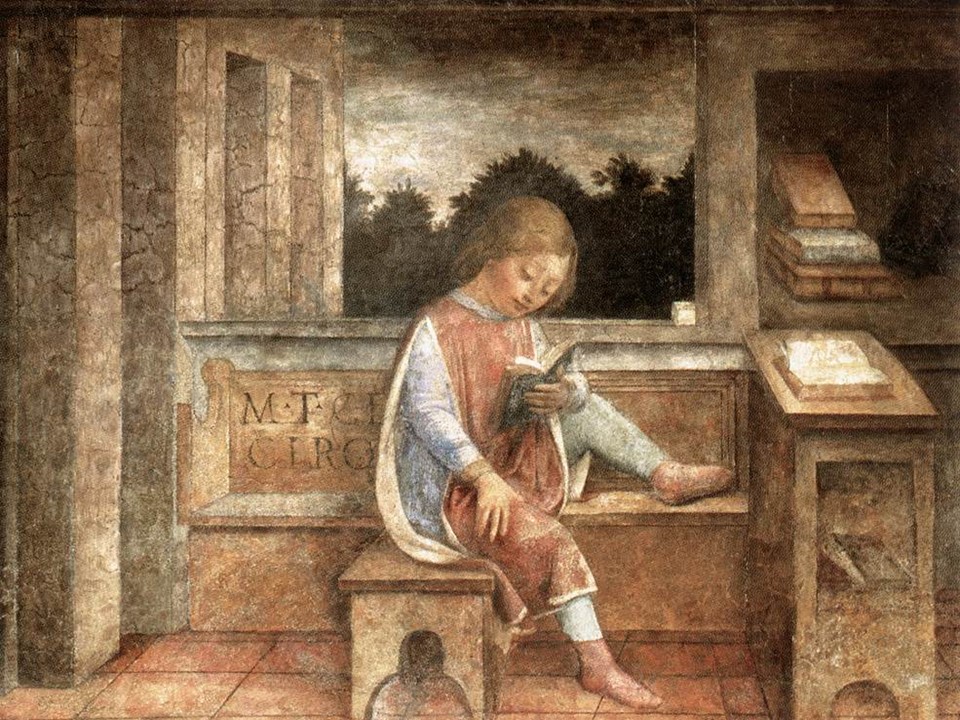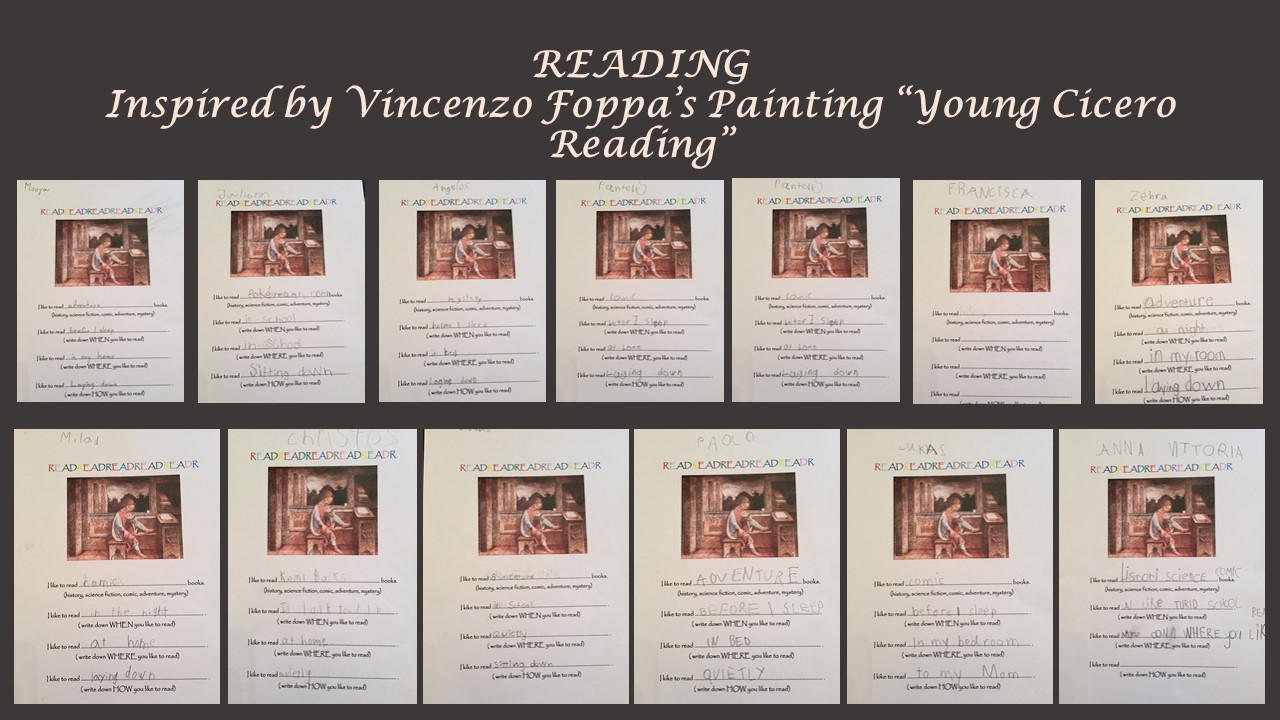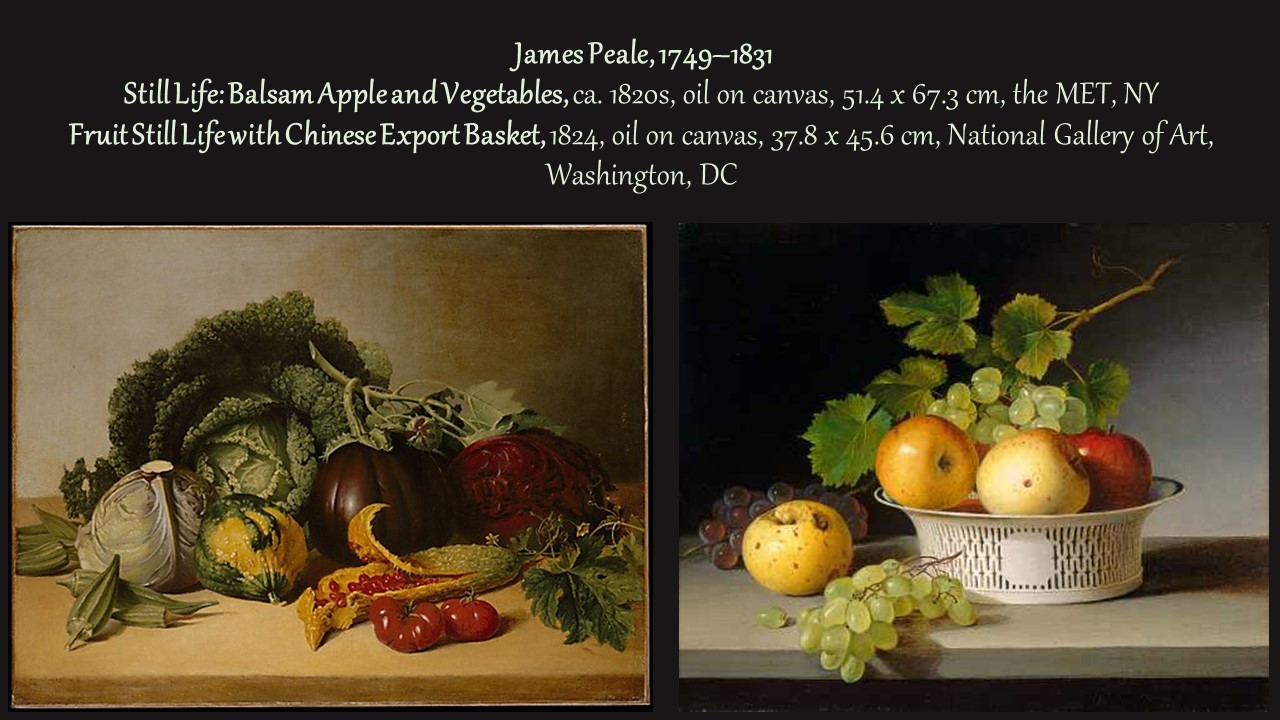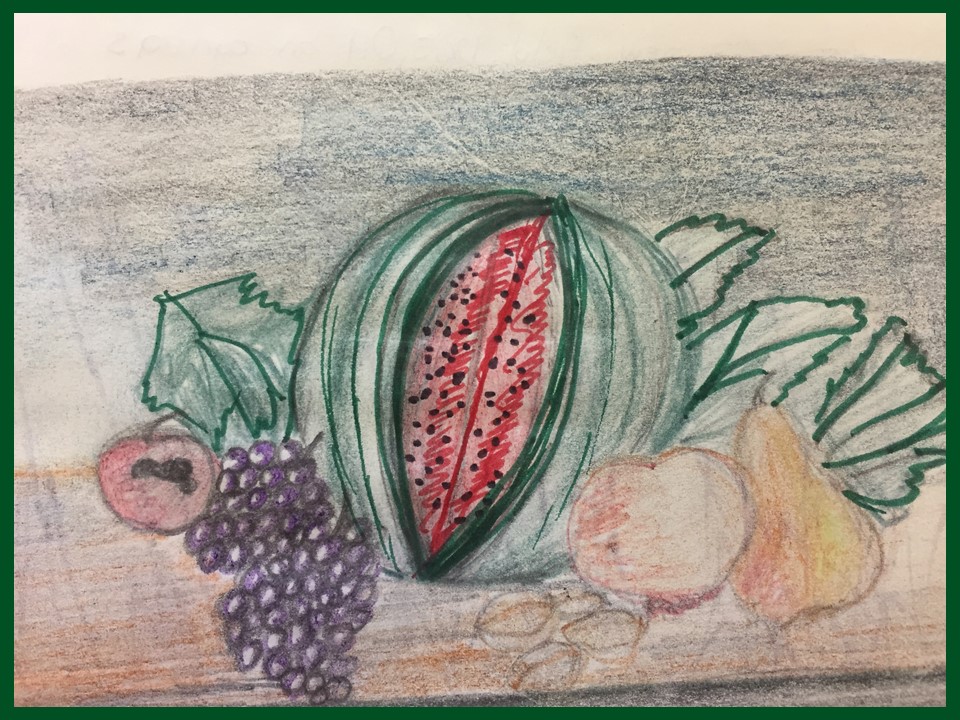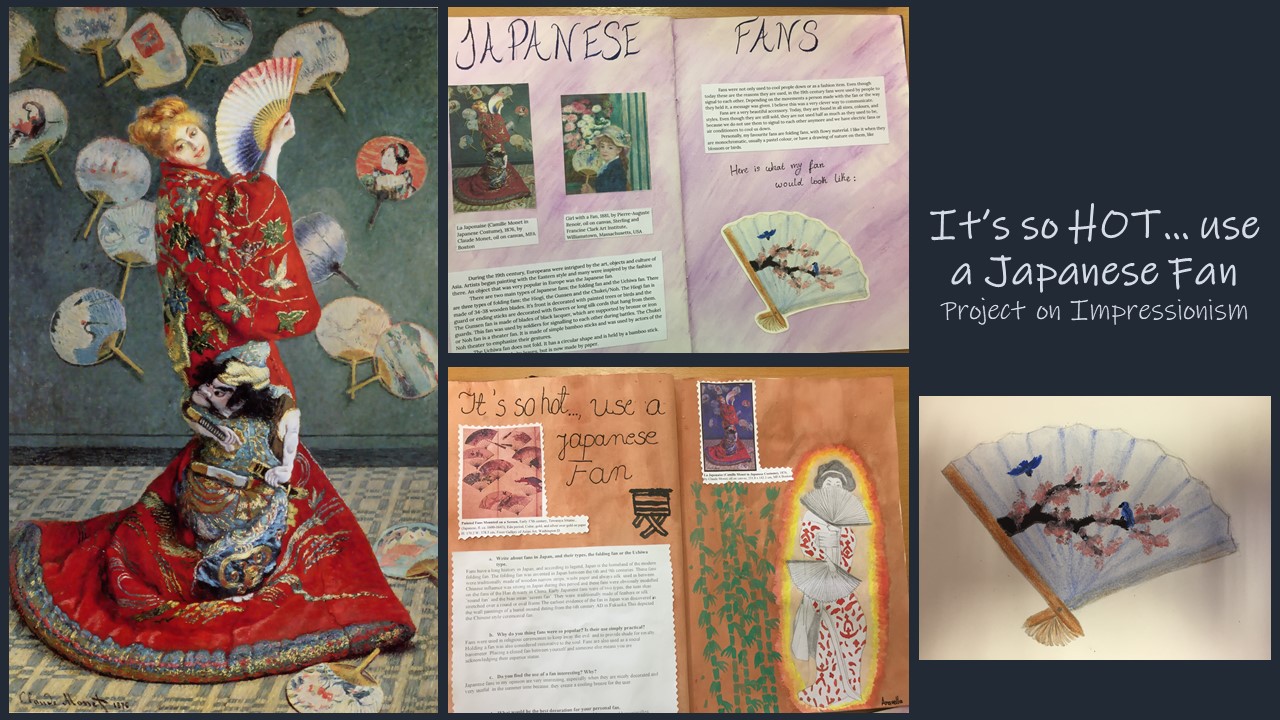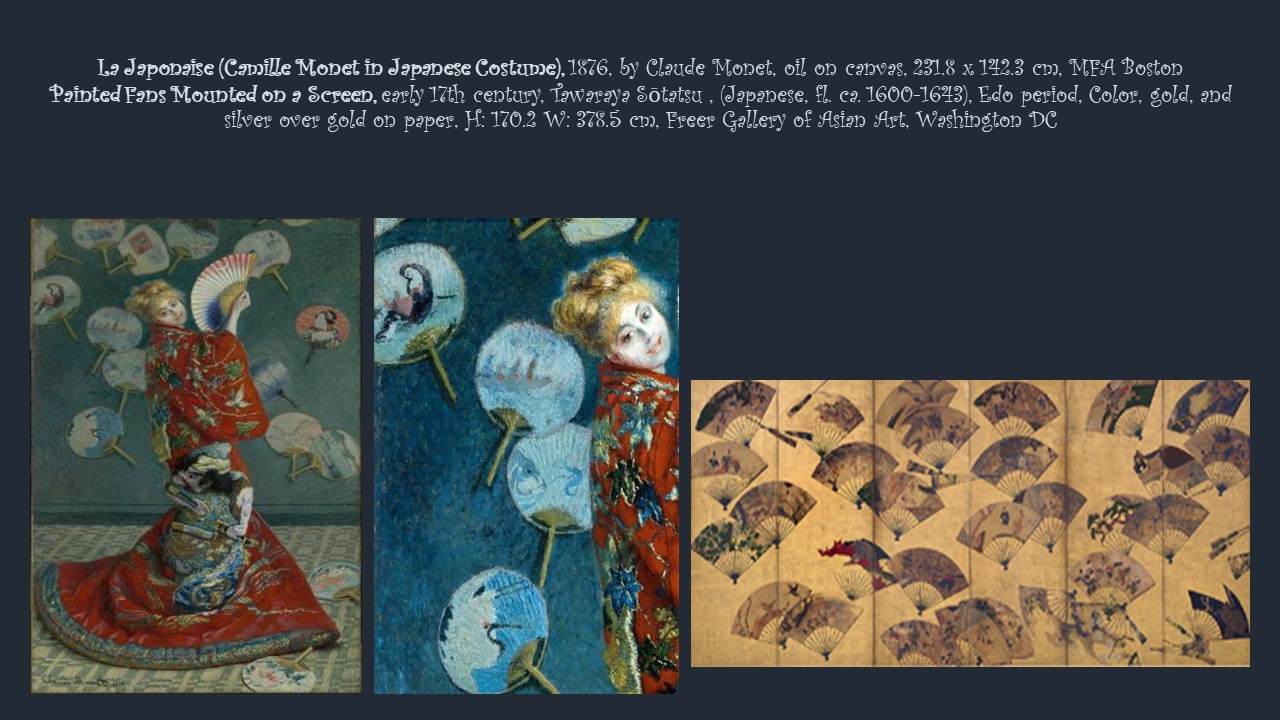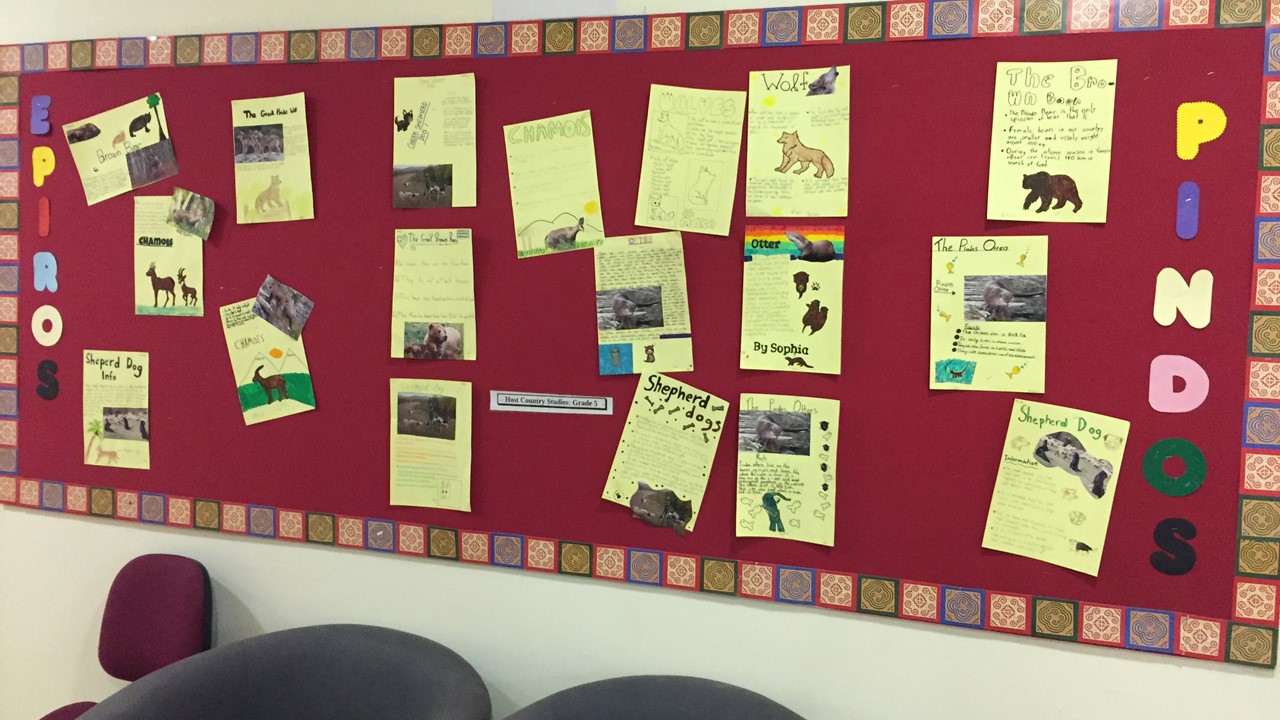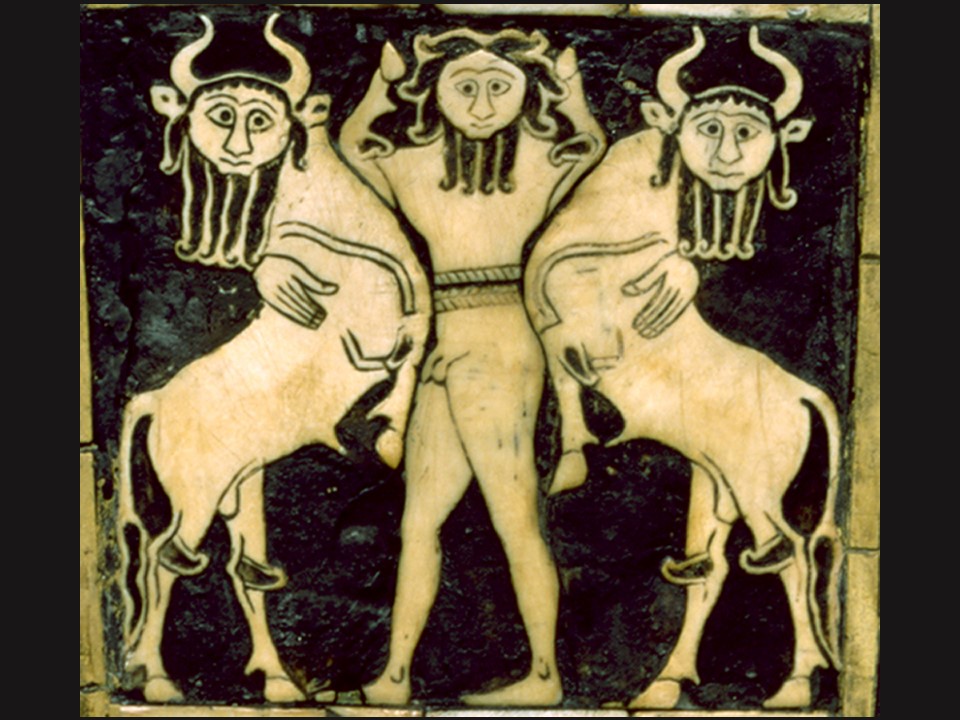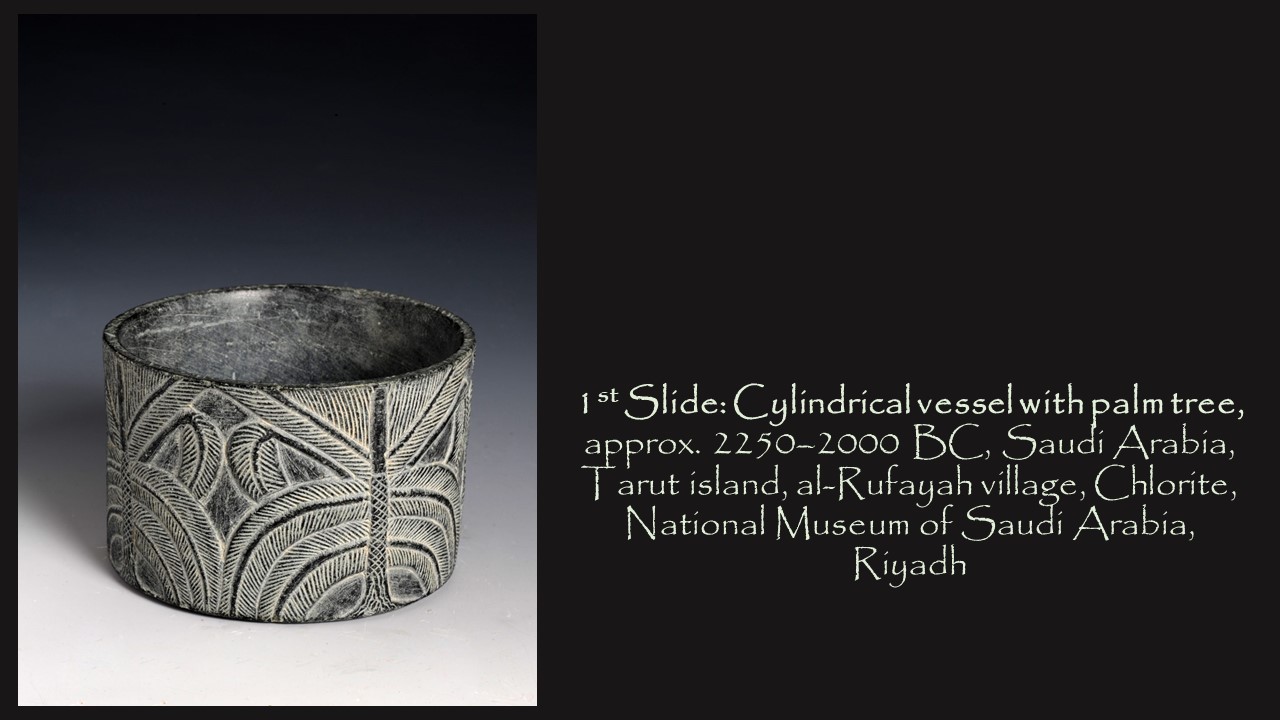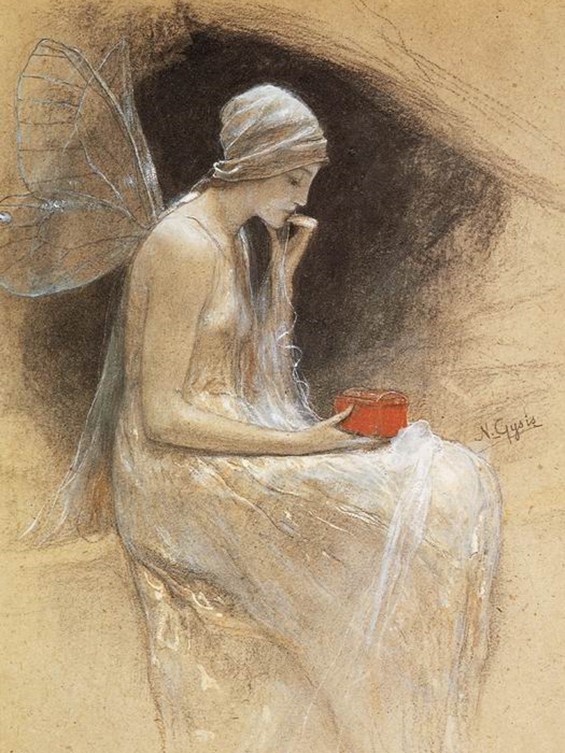
The Artist’s Psyche, 1893, coloured drawing on paper, 31×23,5 cm, G. Maillis Collection
The Artist’s Psyche… “What sort of draining challenge is an artist’s lifelong struggle to retain individuality and independence? …How badly do criticism and rejection hurt an artist’s morale? What exactly are the traits of the creative personality (more than 75 traits have been identified) and what is the shadow side of each trait?” questions Eric Maisel, and I think of Nikolaos Gyzis, one of the eminent Greek artists of the 19th century and his painting The Artist’s Psyche… aethereal and fragile, winged but motionless, lost in thought… https://medium.com/@RoweCenter/the-psyche-of-the-artist-seven-tips-for-living-the-artists-life-9331c650e722
In her monograph on the artist, N. Misirli notes: Gyzis, a visionary by nature, was distinguished by an idealistic outlook on life, which was evident throughout his oeuvre and especially in his allegorical compositions, which were further fuelled by the idealistic and symbolist trends already introduced in the second half of the 19th century. His idealistic output receives fresh impetus following his first trip to Greece. 4 (This trip, his first after seven years in Germany, was made in 1872 and was a life-changing experience for Gyzis.) For Gyzis, life had two aspects. The one the artist observed and perceived with his senses, such as daily events and genre episodes, and, at the same time, the one he envisioned, the intangible, eternal aspect that only a few sensitive souls can detect. Nellie Misirli, Gyzis [in Greek], Adam ed., Athens 1996, p. 212 and http://www.nikias.gr/view_artist_additional.php?newsid=993&page=1&prod_id=166&ptid=8491&mtag=&mode=painting_comments&paintspage=
The Artist’s Psyche belongs to the second category, a visionary work, an allegory of the artist’s soul, compared to the adventures taken by Psyche, the mythological wife of Aphrodite’s son Eros, for her husband’s eternal love. The coloured drawing was created by Nikolaos Gyzis in 1893, as a cover-page decoration to a biographical note written by Gyzis and addressed to a large European Museum. It is a work instilled with elegance, harmony and qualities of grace, refinement and pure loveliness…
Nikolaos Gyzis, one of Greece’s most important 19th-century painters, is a distinguished representative of the so-called “Munich School”, the major 19th-century Greek Art Movement. He was born in the Cycladic Island of Tinos, a great artistic center of Greece, raised in Athens and educated, as a young man, at the Athens School of Fine Arts. In 1865, on scholarship, Gyzis continued his studies at the Academy of Fine Arts in Munich, where he settled for the rest of his life. In 1868, Nikolaos Gyzis entered Karl von Piloty’s class where his artistic idiom was formed. Trips to Greece and the Middle East “formed his perception of rendering colour and light.” In 1886, he was elected professor at the Academy of Fine Arts in Munich, serving in this post faithfully and diligently as an ever-evolving academician and creative artist. His style, gradually turned from detailed genre realistic depictions, to creations of idealistic-allegorical character, to compositions of impressionistic inspiration, and finally works of early Jugendstil. https://www.nationalgallery.gr/en/painting-permanent-exhibition/painter/gyzis-nikolaos.html
For a Student Activity, please… Check HERE!
